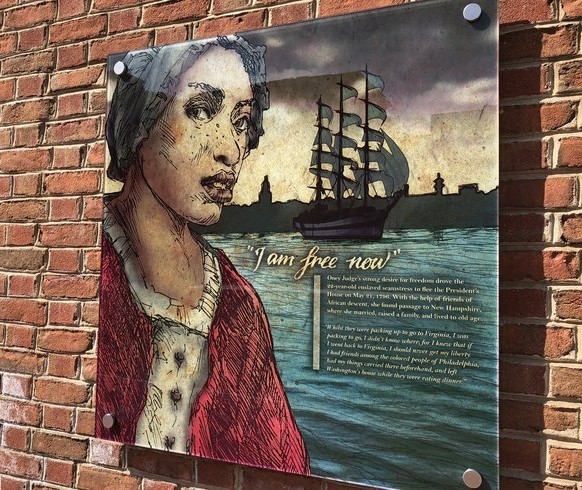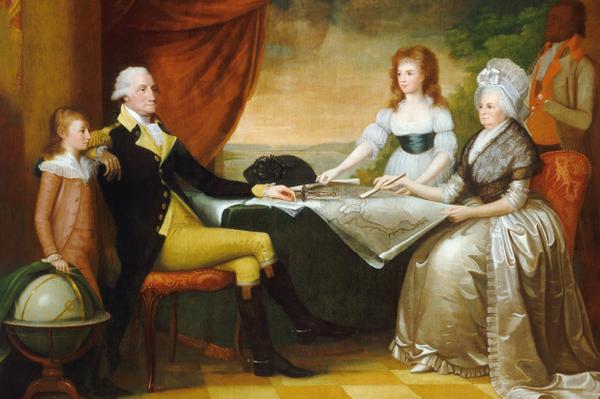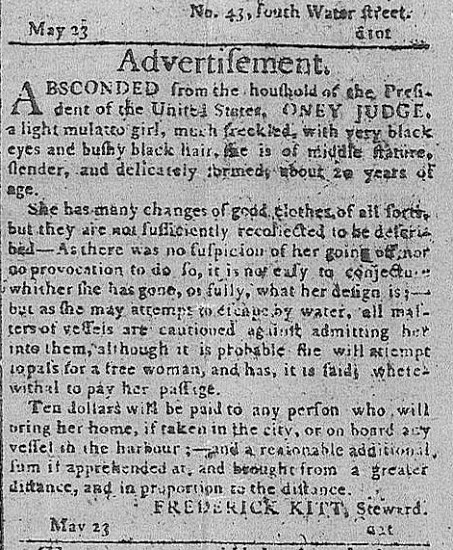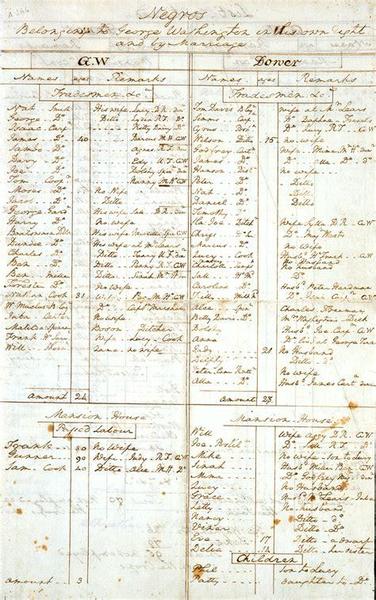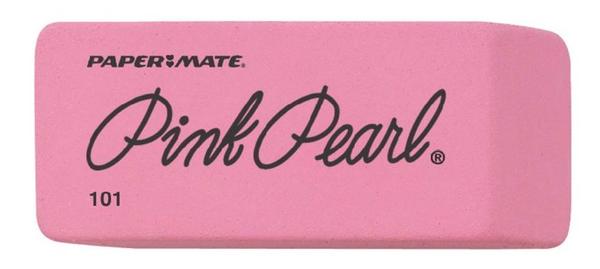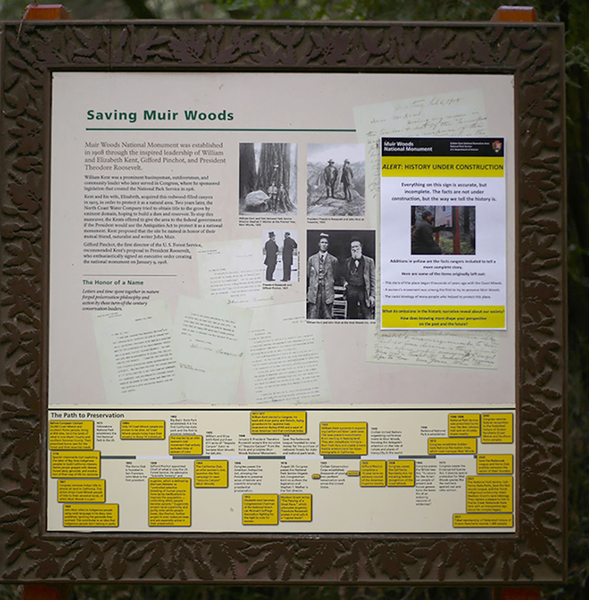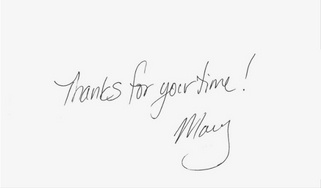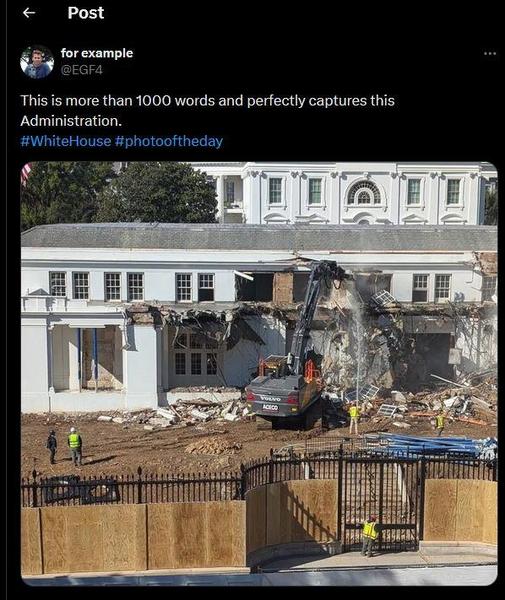October 24, 2025 Hello , The East Wing of the White House has traditionally been the First Lady's headquarters and represents incredible history. Eleanor Roosevelt was the first first lady to make it the ‘Office of the First Lady." Laura Bush launched her literacy efforts. Michelle Obama oversaw her ‘Let’s Move’ campaign. Betty Ford
Ford argued to increase pay for her staff in the East Wing and supposedly said, "If the West Wing is the mind of the nation, then the East Wing is the heart." President Trump plans to have it fully demolished by this weekend as he moves forward with
construction of a new ballroom on the property. This is only the most visible of Trump's efforts to erase women.
Can the Enslaved Woman Owned by George Washington be Erased?
New York Times reported “officials plan to substantially alter” an exhibit at the President's House in Philadelphia that honors the
nine enslaved people that President George Washington brought to city from his Virginia plantation. The President’s House Memorial stands on the footprint of the nation’s first executive mansion, where George Washington lived between 1790 and 1797 while he was president. The National Park site was specifically called out for promoting "corrosive ideology" and deemed to violate President's Trump's executive order on Restoring Truth and Sanity to American History. One of the nine honored at the President's House is Ona Judge, an enslaved house servant who ran away from the first US President.
This sign honoring Ona Judge is part of an exhibit at the President's House titled "The Dirty Business of Slavery.” My newsletter today is a recap of the story I wrote in 2017, when I first leaned about this amazing woman from a book called Never Caught: The Washington's Relentless Pursuit of Their Runaway Slave Ona Judge. I knew George Washington had slaves, and was keenly interested in learning about them when I toured Mount
Vernon. But learning about Ona, who was Martha Washington's personal slave, struck me with more force than looking at the preserved empty bunks on George Washington's plantation. Ona was the daughter of Betty, an enslaved seamstress living on Mansion House Farm, and Andrew Judge, a white English tailor whom Washington hired from 1772 to
1784. Ona was lucky to worked the mansion house from the age of 10 and not in the fields, but she valued her freedom above whatever comforts the Washingtons offered.
President and First Lady Washington at Mount Vernon with two of Martha's grandchildren and a slave.
A male slave is shown in this painting by Edward Savage, but it would have been Ona who usually stood at Martha's shoulder. Ona was one of the enslaved people whom Washington secretly rotated out of Philadelphia in order to evade the 1780 Pennsylvania emancipation law that prohibited the importation of enslaved people into the state. She was 22 when she ran away from the president's house
in Philadelphia shortly before the end of his second term in office. The Washingtons were packing their things to move back to Virginia when Ona packed her much smaller bag and walked out. "I didn’t know where [to go];" she wrote in a letter in 1845. "I knew that if I went back to Virginia, I should never get my liberty. I had friends among the colored people of Philadelphia, had my things carried there beforehand,
and left Washington’s house while they were eating dinner.” For twelve years, she had been rarely more than a few steps from her mistress’s side, helping
her bathe and dress, brushing her hair, fitting her cap, and tending her if she were vexed or ill. Martha wanted her "girl" back. She couldn't fathom why Ona had
left. Two days later, Washington's steward ran and ad in the newspaper offering a $10 reward for Ona's return.
Ona may not have been pursued after she fled to Portsmouth, New Hampshire, but she was recognized later that summer on the street by a friend of the Washingtons. When word got back to George, he knew the law was on his side, but he wanted to be discreet. Northerners had a tendency to stick to the fine print of the Fugitive Slave Act of
1793, which George had signed into law. The law allowed slave catchers to cross state lines to capture runaways, but it required them to appear before a local
magistrate to prove ownership before taking their "property" home. George enlisted the services of the federal government to avoid a court hearing that might be embarrassing.
He seemed to believe that Ona had been enticed away by a
disreputable boyfriend. "The ingratitude of the girl, who was brought up & treated more like a child than a servant," Washington wrote to Secretary of Treasury Oliver Wolcott, Jr.
George used the power of his last few months in office to ask the
treasury
secretary to enlist the aide of Portsmouth's customs officer, Joseph Whipple. Washington had appointed Whipple to his
position and now he wanted him to capture his runaway slave.
Washington’s handwritten list of slaves on his estate at Mount Vernon in 1799, likely written in preparation for his will, in which he freed his slaves. In a letter to Whipple, President Washington offered a number of suggestions about how this woman should be caught and returned to him, all of them clear violations of the Fugitive Act. It was the first of several plots to capture Ona and bring her back to Virginia. Washington knew taking violent measures to recapture a runaway enslaved woman could anger antislavery residents of northern states. He asked Whipple to continue efforts to recapture Ona, but only if it would not “excite a mob or riot.” Washington continued to pursue Ona until 1799, two years after he left office. Meanwhile, she married Jack Staines, a free black sailor and they had three children: Eliza, Will, and Nancy. Ona lived out her days in freedom. She was an amazingly courageous women who thwarted the most powerful man in the country. Protests erupted at the news that Trump's executive order targeted the exhibit honoring Ona Judge and eight other people enslaved by George Washington. So far, the display at the President's House remains as is. However, the National Park Service has removed signs from a number of parks and historic sites around the country. Those included reference climate change, slavery, the internment of Japanese Americans, and the massacre of Native Americans Women have been erased from history as long as history has been recorded. This week it's happening right before our eyes.
Like my article today? Forward this email to share with family and friends.
A group, Save our
Signs (SOS) has launched a digital archive of over 10,000 photos of plaques and other signage at hundreds of National Park Service sites. The preservation operation was founded by a group of librarians, public historians, and data experts in partnership with the Data Rescue Project and Safeguarding Research & Culture. SOS is
cataloging the information that's been erased as well as an archive of all NPS interpretive signs, exhibits and text. And they want your help. You're invited to submit photos here: #SaveOurSigns
Signage highlighting Indigenous history, women’s contributions and the park’s legacy of racism has been removed from Muir Woods National Monument by staff in response to an
executive order issued by President Trump. (Courtesy of NPS/Jace Ritchey)
Follow me on social media
This newsletter is a reader-supported publication. To support my work, consider becoming a paid subscriber.
Coincidentally, this week I planned to update you on the Republican Administration's crusade to erase history from National Park signs and markers, particularly the President's House in Philadelphia where America's first two presidents lived.
Read
a great book? Have a burning question? Let me know. If you know someone who might enjoy my newsletter or books, please forward this e-mail. I will never spam you or sell your email address, you can unsubscribe anytime at the link below. To find out more about my books, how I help students, teachers, librarians and writers visit my website at www.MaryCronkFarrell.com. Contact me at MaryCronkFarrell@gmail.com. Click here to subscribe to this newsletter. |
|
|

